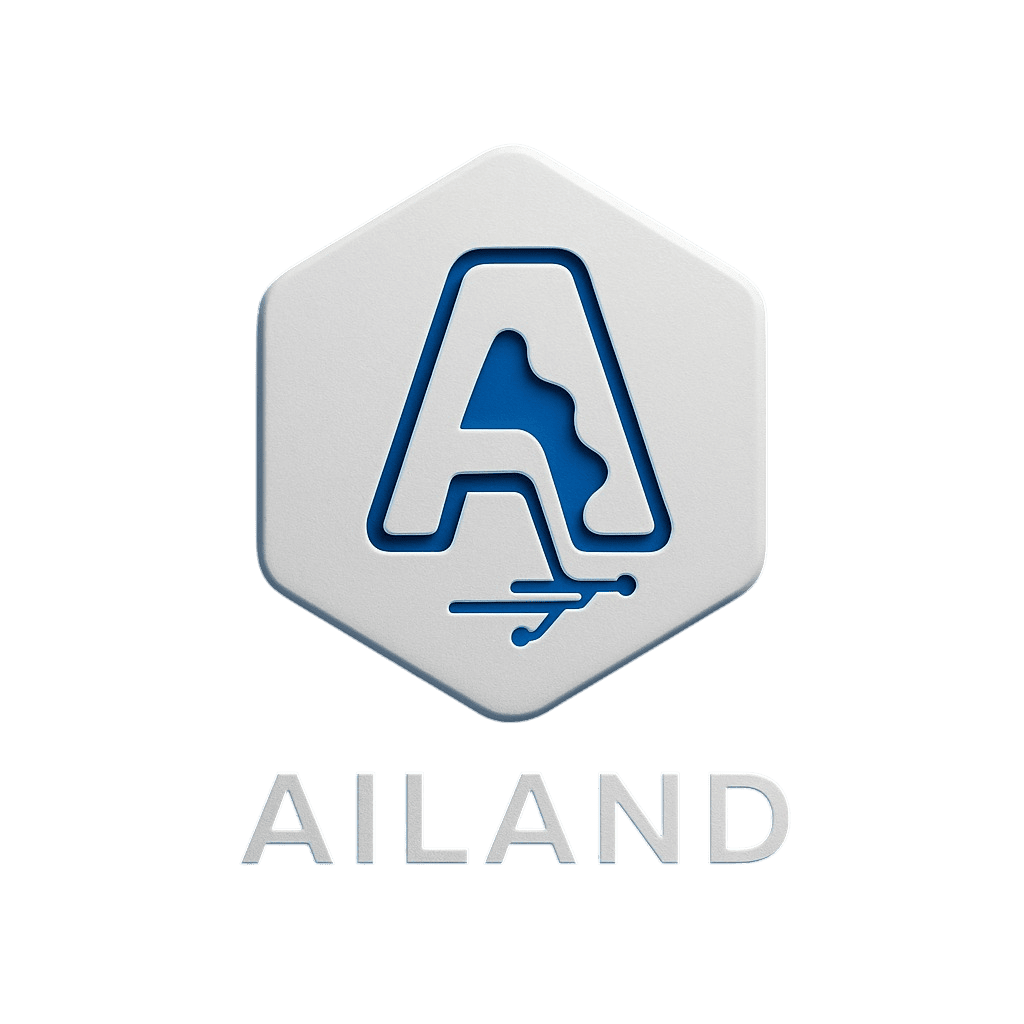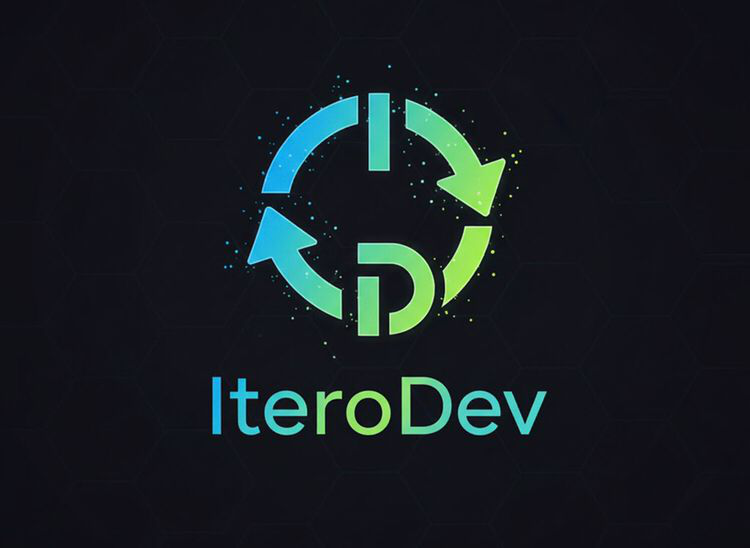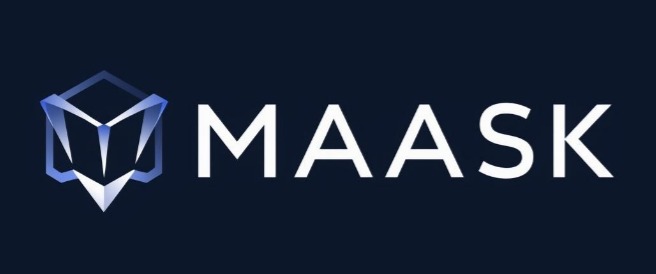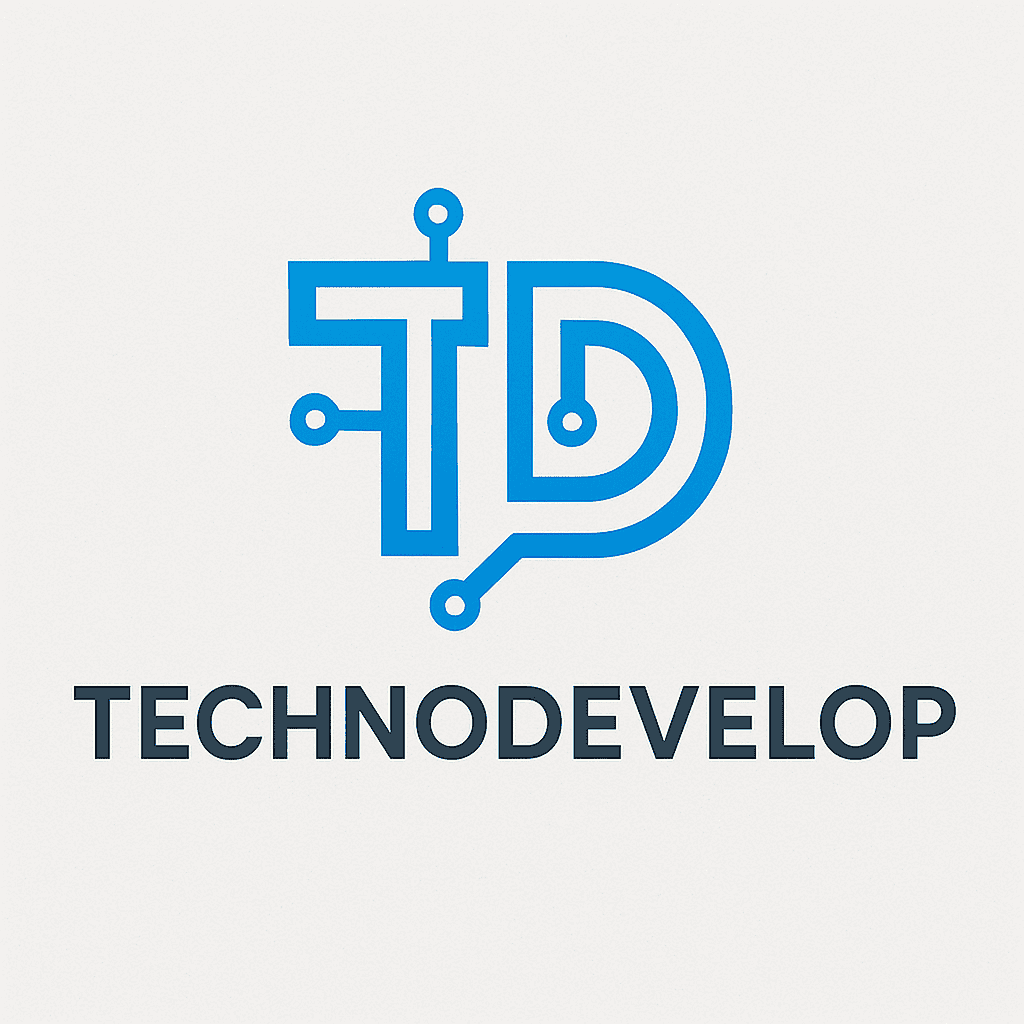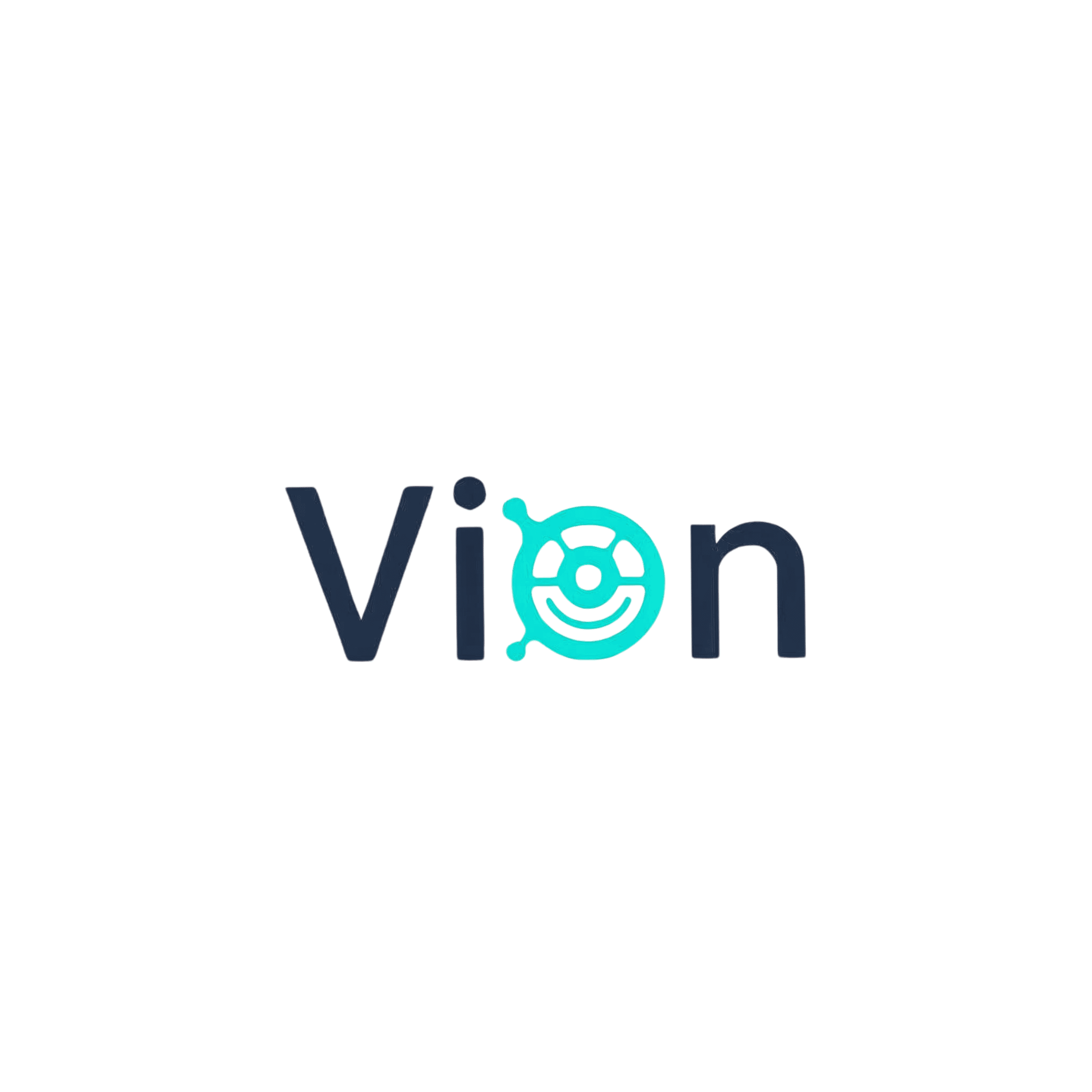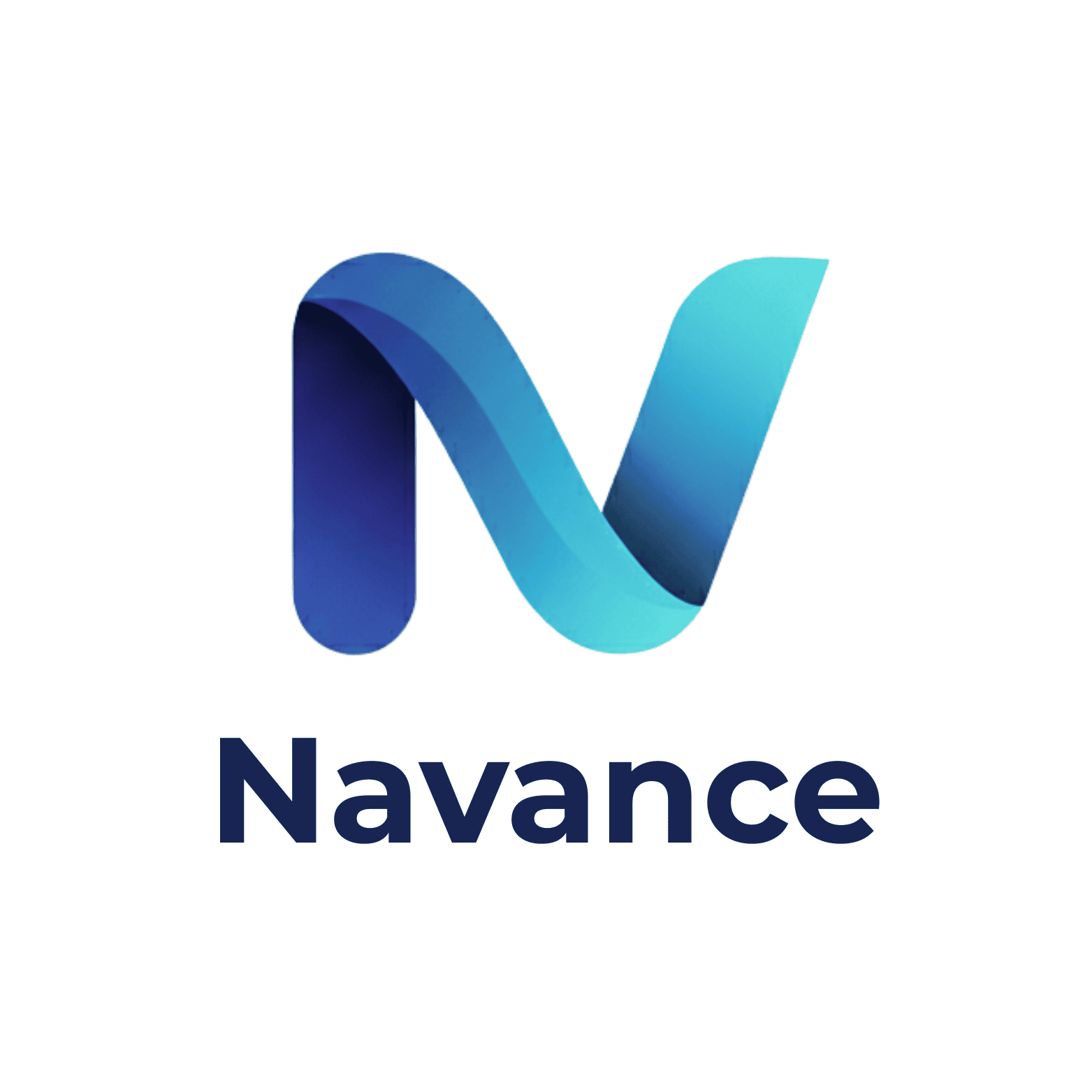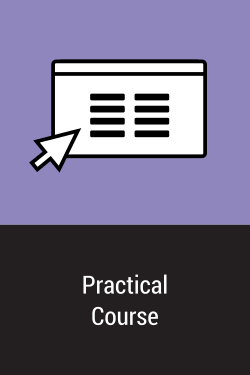
Module 500430
Planspiel Web Engineering (WS 2025/2026)
Lecturer

Dr.-Ing. Sebastian Heil

Sandra Schaftner M.Sc.
Contact
If you have any questions concerning this course or the exam as a participant, please contact us via OPAL.
We also offer a Feedback system, where you can provide anonymous feedback for a partiular session to the presenter on what you liked or where we can improve.
Announcements
- Please refer to the Announcements in OPAL.
Students
This module belongs to the master course Web Engineering. It is the module 500430 Planspiel Web Engineering and is scheduled for semester 2/4 (winter semester). We strongly recommend to take the module 500420 Vorbereitungsseminar Planspiel Web Engineering beforehand as it provides necessary knowledge for preparation.
Schedule
Main meeting:
Tuesday, 11:30 - 13:00
Additional sessions:
Monday, 17:15 - 20:30
Tuesday, 07:30 - 10:45
Registration
Participation is only possible after registration in OPAL.
Topics & Teams
Knowledge Graphs with WebXR
Chatbot Experimentation Services
Enfield: WAM Modeling with AI
Across eCampus Dashboard
Pitches
The rankings are based on the votes of the audience at the on-site pitch session.
1st Pitch (November 10, 2025) Ranking
2nd Pitch (December 1, 2025) Ranking
Frequently Asked Questions
- (Team) Skills Development - skills that cannot be learned from books, but have to be experienced.
- Modern Aspects of Software Development with a dedicated focus on development in a "Startup", i.e. Planspiel helps students to better understand and experience the challenges of working in a startup -and- eventually even starting one. After the Planspiel, the students can continue their work by conducting a Master thesis project in the context of their Planspiel result. Moreover, they can even turn the Planspiel business idea to a real startup company with supporting from VSR Professorship and SAXEED funding.
- Experience the latest technology trends, industry-relevant challenges, and hot topics in the field of Web Engineering.
- Planspiel reports (monthly reports and final report).
- Planspiel presentations (pitch, 20 minutes + 10 minutes Q and A).
- October report: 2 pages per Person
- November report: 6 pages per Person
- December report: 12 pages per Person
- January report: 15 pages per Person
- February report: 20 pages per Person
- Final report: 20 pages per Person
- Font-Size: Normal Paragraph 12 pt
- Page Margins:
- Top, Left, Right: 2,5cm
- Bottom: 2 cm
- Line Spacing: 1,3
- Text Align in Paragraphs: Justify
Material
Main Lecture Slides
Lecture slides will be provided in OPAL.



